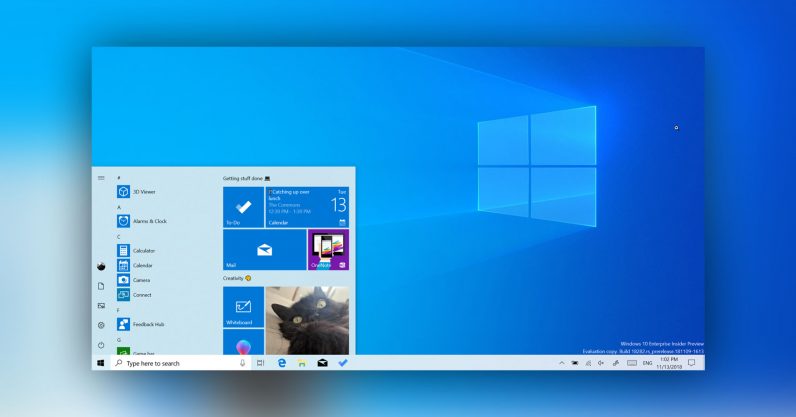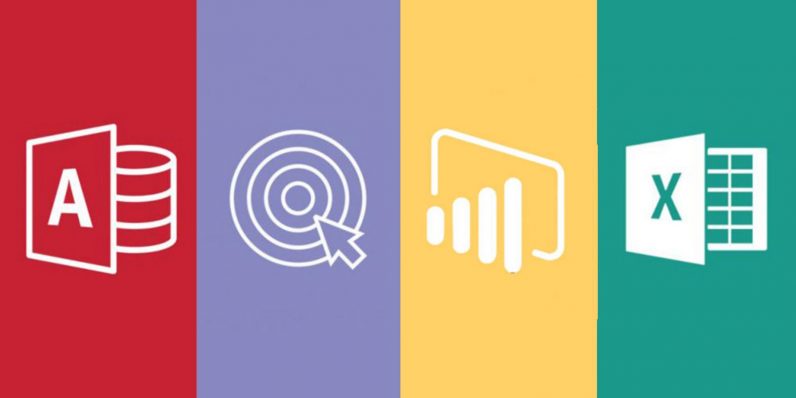2019-1-13 22:42 |
Cryptocurrencies and blockchain technology have made quite a few promises in recent years, with the biggest one being a decentralized future. The largest problem here is that they promised that such a future would come extremely soon, and dApp development took off as the first step towards achieving it.
However, the problem lies in the fact that none of them have been very successful. The so-called “killer dApps” never arrived, which is both interesting and troublesome, considering the amount of money and talent that was already used for this purpose. Recently, many have started wondering why did the trend fail to take off?
The process of creating and launching dApps is considered to be broken these days. A lot of it has to do with a pre-release overhype, and the apps simply fail to live up to users' expectations. Over time, a few assumptions were made by the dApp developers, and since then, they have all been following a certain set of rules and assumptions, which are wrong at their core.
For example, the white paper, which developers tend to stick to, should be considered as a starting point, and not a final plan for the product. In addition, decentralization is just a means to an end, and not the answer to all the problems that we are facing today.
Simply put, dApps have been another failure in 2018, and many are hoping that things will change in 2019 and the following years. To do that, developers need to keep a few things in mind.
1) Missing use casesDespite the fact that philosophy has been one of the driving factors of crypto, as it expanded users' mind regarding what is possible, it is not enough when it comes to dApp creation. A lot of projects made unrealistic promises, and it is only now that they are starting to realize it. The end user doesn't need much in terms of decentralization and openness of the project, these are the things that matter to developers.
What users really need is an app that has an actual use case. Many believe that developers need to start from the beginning and return to basics. They need to understand who their users are, what problems do they face, and how can an app help with resolving them.
2) Comb through user feedback with cautionOne of the problems with fulfilling your users' needs is to realize what those needs are. Many assume that the best way of dealing with this would be to ask the community and work in accordance with their feedback. While logical, this method doesn't work, as users typically do not know what they want or need.
Historically, a lot of large decisions made by successful companies such as Facebook, Netflix, and many others were made against users' desires. In fact, some of these decisions were even considered to be highly controversial. The public response was extremely negative at the time, but users still got used to the changes, and now they cannot imagine these services being any other way.
Simply put, it is important to get users' feedback, but following their advise is not always the best course of action. Users don't know what they want, and so it is up to developers to come up with the best way to move on.
3) The idea is a start, not the goalAs mentioned, there is a wrong assumption that the idea itself is crucial for the project's success. That is why a lot of projects tend to come up with a whitepaper and stick closely to it after they start with development.
However, numerous issues tend to appear during development, and instead of adapting, development teams just keep trying to achieve the initial goal, despite the fact that a large obstacle is in their way. This leads to multiple delays, which makes users lose hope for the project.
Centralized apps, services, and companies are doing things differently, and even though not all of them get successful, a lot of them do, which is not something that happens to dApps. In 2018 especially, crypto exchanges and mining gear makers blew up, while the dApps remain under the radar.
Of course, risks are great, and developers aim to deliver a full product that is also completely safe to use. However, experts suggest a different approach — releasing smaller products, that can be launched earlier. Then, after exposing it to a small group of users, developers can get feedback and continue working on perfecting the app.
2018 was not perfect, but there is a lot of valuable material there that can be used for learning and bettering the process of dApp creation. This is why the hope for success still exists, but it will require some changes, and a return to the basics.
origin »Molecular Future (MOF) на Currencies.ru
|
|

























